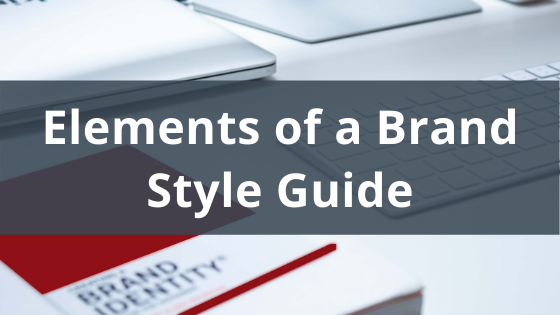
As consumers, we are introduced to thousands of brands and brand messages in our lifetime. Companies that resonate are the ones that have strategically focused their brand style, identity and messaging to generate trust among their target audiences. The most discernible companies know that in order for people to recognize, remember, and trust them, they must show up in a way that’s consistent.
Like many things in business, awareness is a process. It takes time and repetition to achieve brand recognition and credibility before consumers consider purchasing your product or service. If your brand’s communications and identity materials are off-target or incongruous to your purpose, it can be significantly difficult to create impressive experiences and differentiate yourself from your competitors. Worse yet, you risk not being recognized at all. Companies who haven’t established a set of brand style guidelines are missing out on a huge opportunity to earn trust and elevate their ROI.
What is a Brand Style Guide?
A brand style guide operates as an internal compass, providing your team with direction on how to (and how not to) communicate your message. In addition, it allows you a chance to take back control of your brand by providing a consistent standard for how to use your branding elements across multiple channels. Designers, writers, and anyone else who may use your brand elements to create marketing materials will refer to this resource to ensure your message remains true to your brand identity.
What’s Include in a Brand Style Guide?
Your brand style guide should expand upon your mission, vision and values statement. Before you jump right in, I highly encourage you to reference our Guide To Strategic Planning to help you clearly define your brand’s purpose for existence. Once you understand the nuances of who and what you represent, you’ll be able to communicate the tangible elements of your brand.
Brand style guidelines take many forms and should be unique to the organization. For example, upon updating our clients’ logo, we promoted consistency through the development of QC Metal Fab’s brand style guide that you can check out here! We recommend including the following elements to ensure consistency across your messaging, both written and visual:
Graphic Style Guidelines:
- Logo Size & Placement
- Color Palette & Usage
- Typefaces (Headings, Subheadings, Body Text)
- Icon Usage & Application
- Email Signature Format
- Design Parameters for Identity Materials (Business Card, Letterhead, Envelope, etc.)
- Design Parameters for Digital Advertisements
Copy Style Guidelines:
- Grammar
- Punctuation
- Writing Style (Tone & Voice)
In Conclusion
Too often, companies skip creating a brand style guide because they feel that it is unimportant or that it inhibits their creative evolution. This couldn’t be further from the truth! When creating a brand style guide, there is more power in documenting what not to do so that you can leave the door open for exploration and creativity. Though change and evolution is inevitable, creating visual relevance through developing a brand style guide will help to generate a sense of trust and admiration for your brand. The details of your guide will vary depending on the size and complexity of your company, but you want to ensure that it encompasses standards for both verbal and visual communications.
